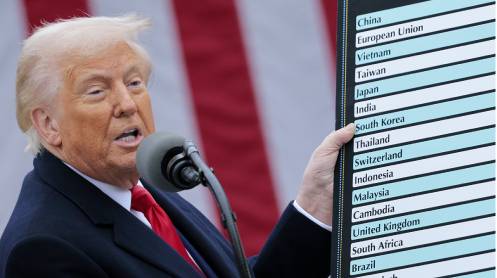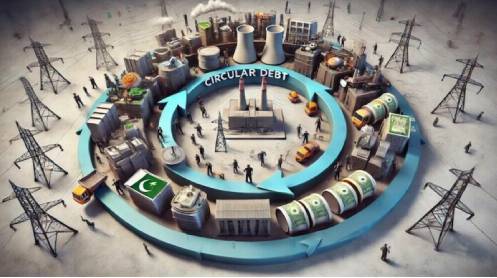The ex-Wapda distribution companies (Discos) on Friday sought an additional fuel cost (FCA) of about 25 paise per unit to generate about Rs2.5 billion in supplementary revenue on account of a higher cost of electricity consumed in October. On the other hand, K-Electric has proposed a reduction in FCA by about Rs1.9 per unit to refund through tariff adjustment of about Rs3.16bn to consumers on account of cheaper electricity produced in October. Separately, KE has also sought about Rs7.8 per unit negative quarterly tariff adjustment for the July-September period.
The National Electric Power Regulatory Authori–ty (Nepra) has accepted the tariff petitions for public hearings and has fixed Nov 29 for Discos and Nov 30 for KE’s petition. The FCA for Discos’ and KE is also now on the lower side compared to Rs8-9 per unit in previous months mainly because of an increase in nationwide uniform base tariff that has gone up by Rs7 per unit in July, the improved share of cheaper domestic fuels, particularly priceless hydropower generation and inexpensive nuclear power. The total power generation from domestic fuels stood at about 66pc in October, almost unchanged over September 2022.
The biggest contribution to the overall power grid came from hydropower at 29.4pc in October which was lower than 34pc share in September. Hydropower has no fuel cost. The lower availability of expensive imported RLNG also came as a blessing in disguise to consumers.
The CPPA claimed that the consumers were charged a reference fuel cost of Rs9.17 per unit in October, but the actual cost turned out to be Rs9.41 per unit, hence an additional charge of about 25paisa per unit to consumers.
Data shows that about 66pc share of domestic fuel sources in overall power generation in October and September was even higher than 64pc share both in July and August unlike 51.58pc share in June which was slightly lower than 54pc in May. The share of domestic fuel-based power generation had stood at 50pc in April and 45pc in March.
After hydropower, the second biggest share of about 21pc came from nuclear power plants in October, higher than 18pc in September and 13.3pc in August. This was followed by 17pc share of power supply from imported RLNG in October, higher than 14pc in September and 12.4pc in August. RLNG-based generation was previously significantly higher at 24.43pc in June and 23pc in May.
The share of coal-based power plants was increased to 15.5pc in October against 11.2pc in September as coal supplies improved. Coal-based generation has come down from 16.74pc in April and 25pc in March because of low coal stocks amid financial limitations of power producers and higher global prices.
The share of domestic gas in power generation almost remained increased to 12pc in October against 9.4pc in September. The residual fuel oil-based generation dropped to a negligible 1.5pc in October as electricity demand dropped against 8.4pc in September, and 7.3pc in August.
The cost of power generation from domestic gas remained almost un–changed at Rs10.65 per unit in October and September but was up when compared to Rs9.96 per unit in July, and Rs8.90 per unit in June. The furnace oil-based power generation cost stood at almost Rs34 per unit – almost unchanged when compared to September.
Three renewable energy sources — wind, bagasse and solar — together contributed about 3.21pc in October, down from 4.5pc power supply in September. Wind and solar have no fuel cost, while that of bagasse has been calculated at Rs5.98 per unit – unchanged.
Under the tariff mechanism, changes in fuel cost are passed on to consumers only on monthly basis through an automatic mechanism while quarterly tariff adjustments on account of variation in the power purchase price, capacity charges, variable operation and maintenance costs, use of system charges and including the impact of transmission and distribution losses are built in the base tariff by the federal government.





